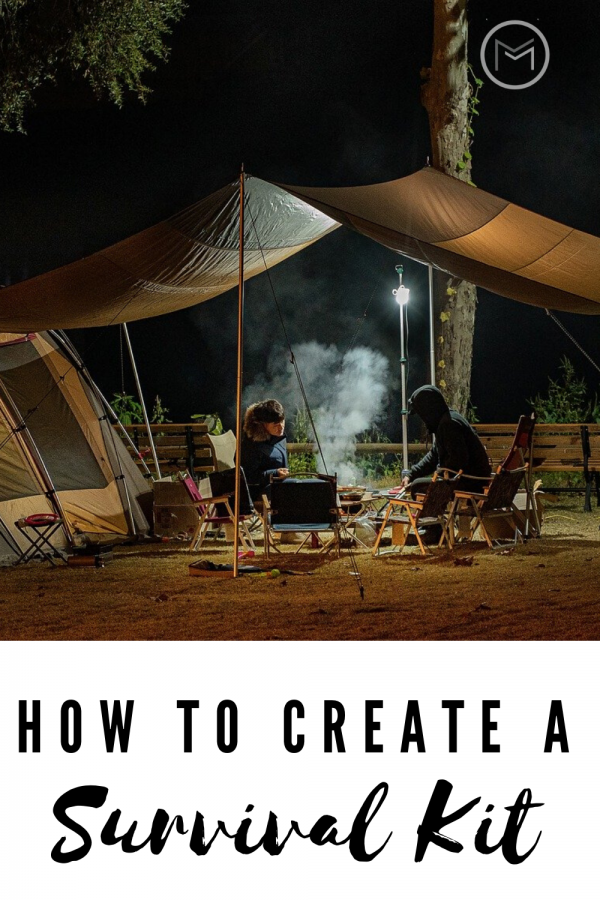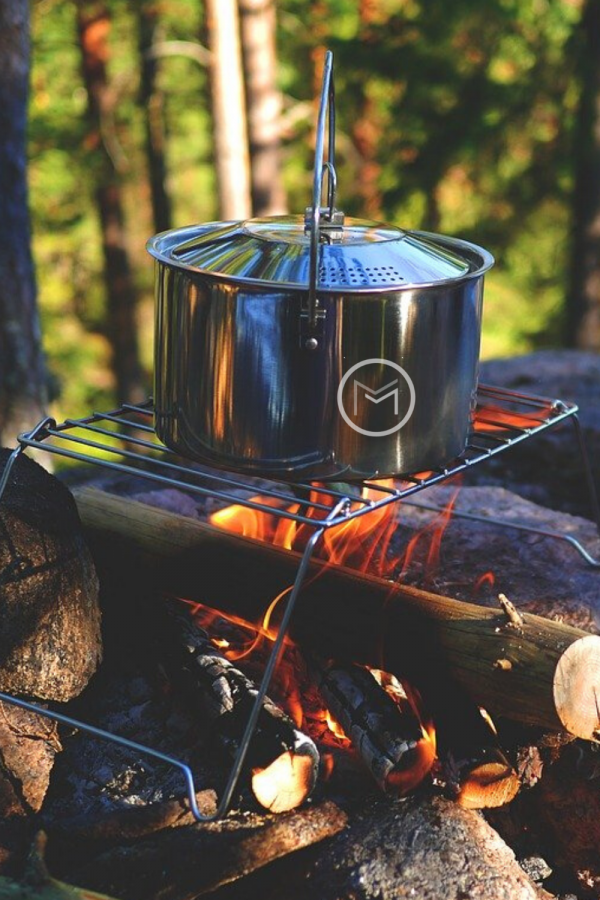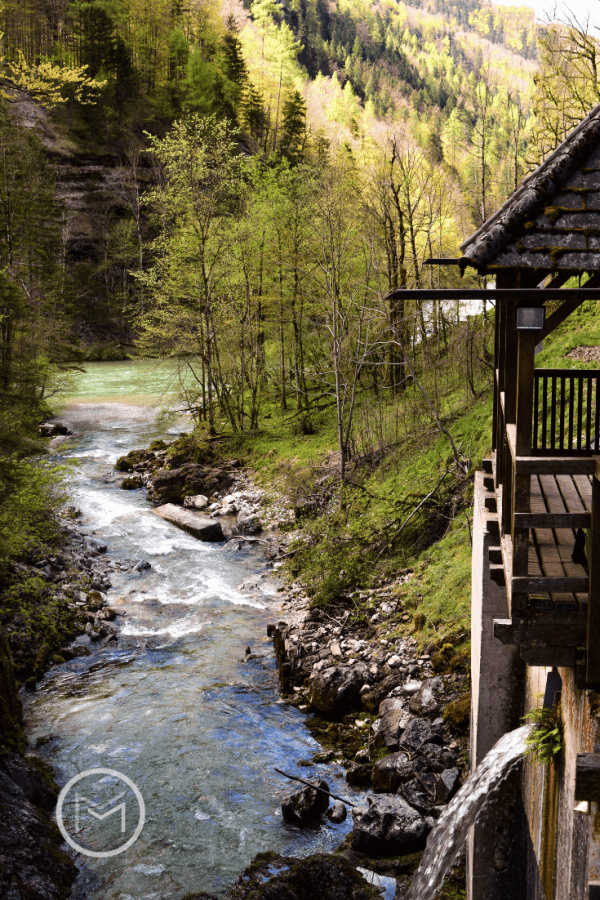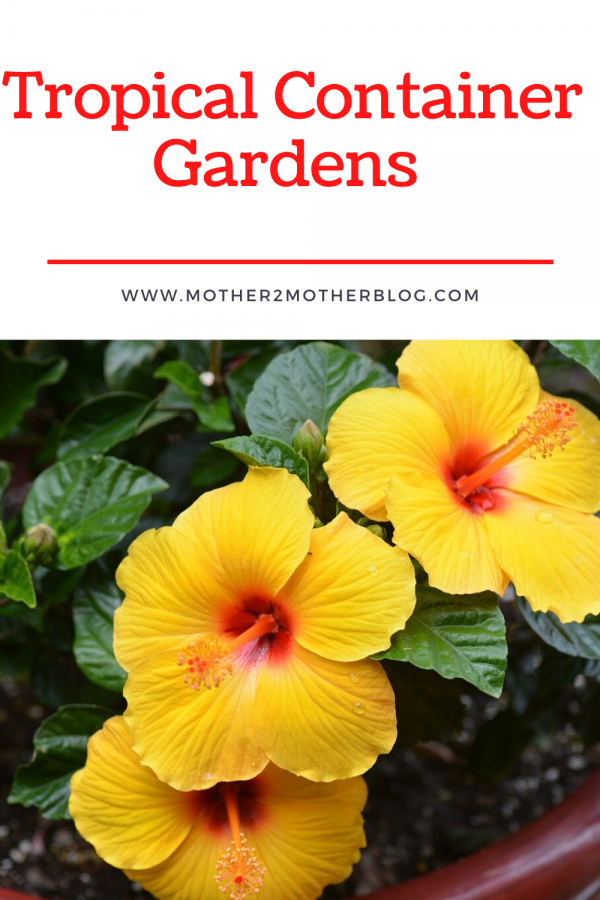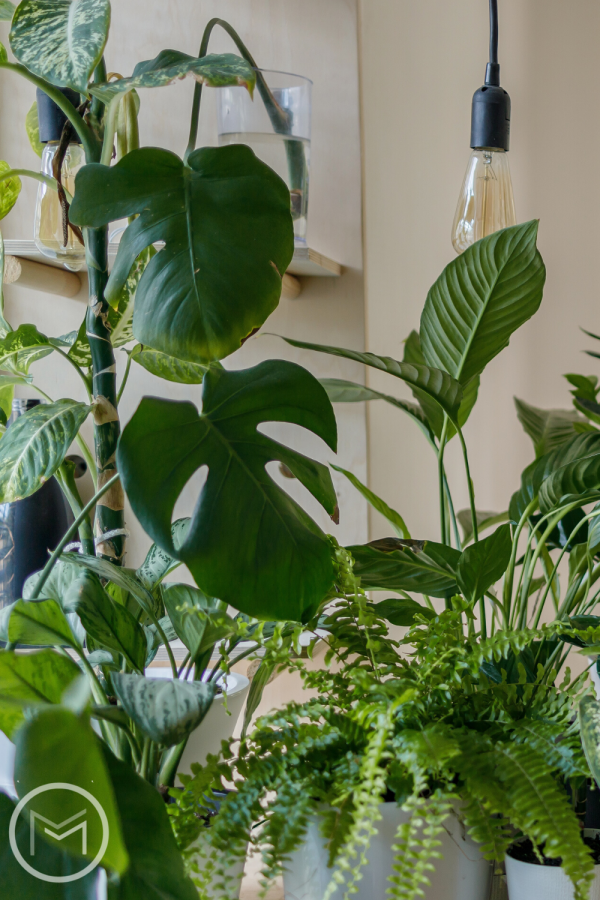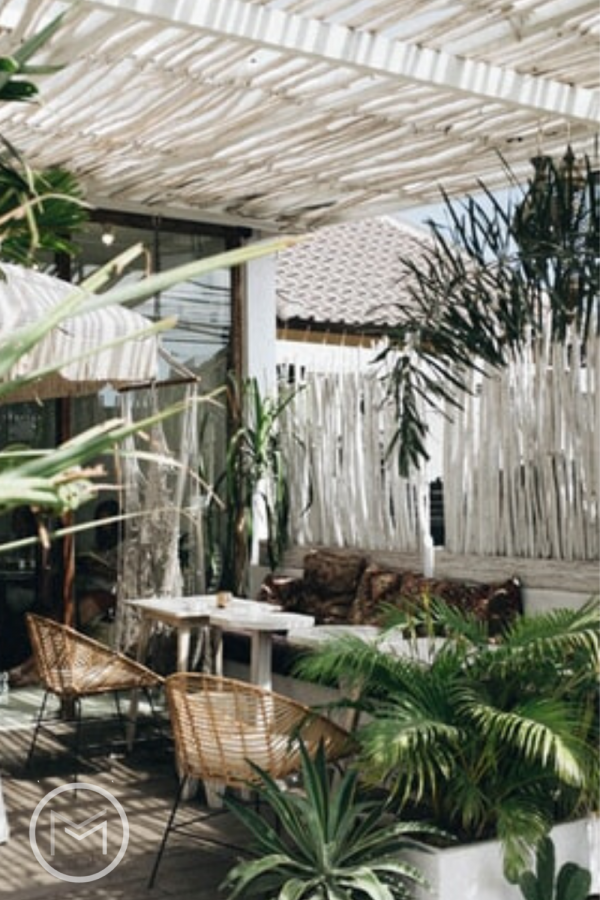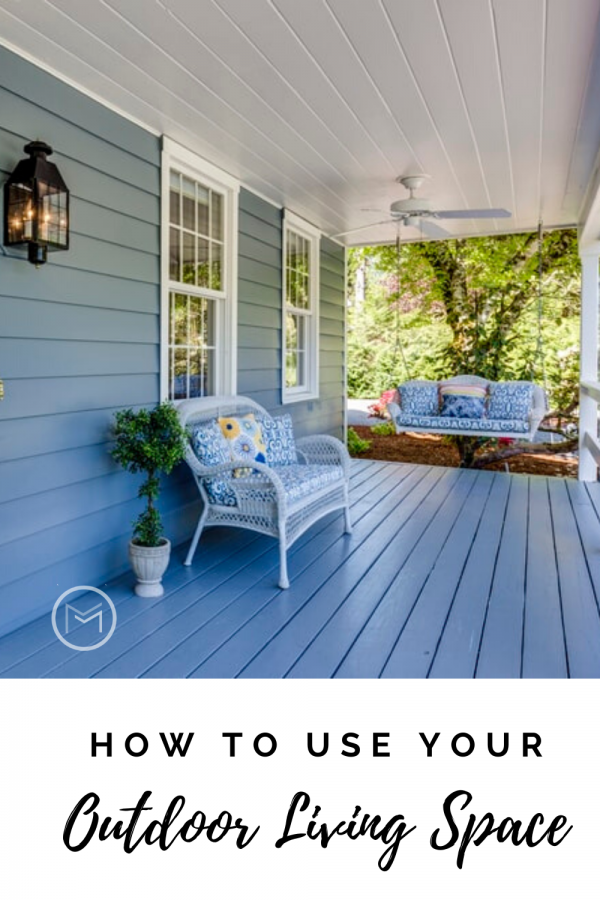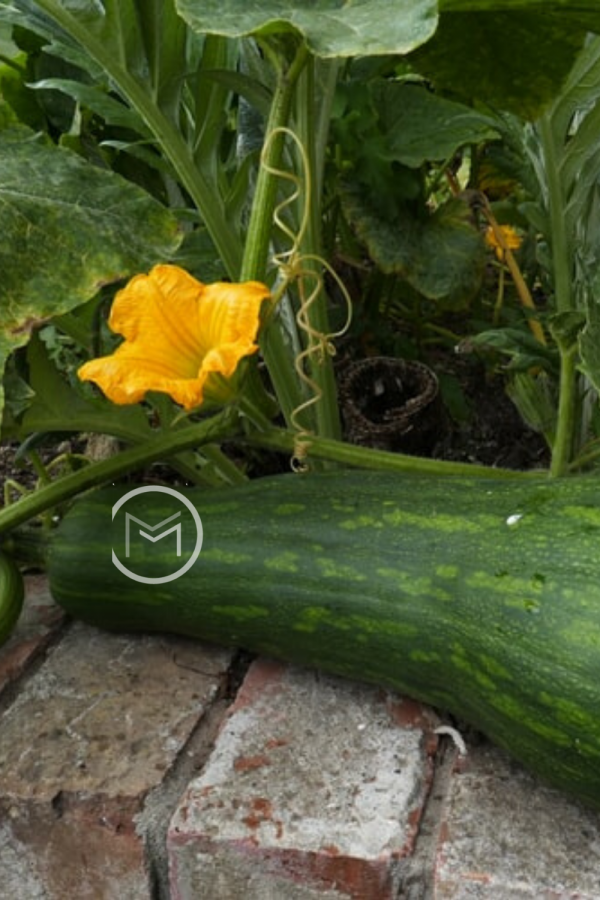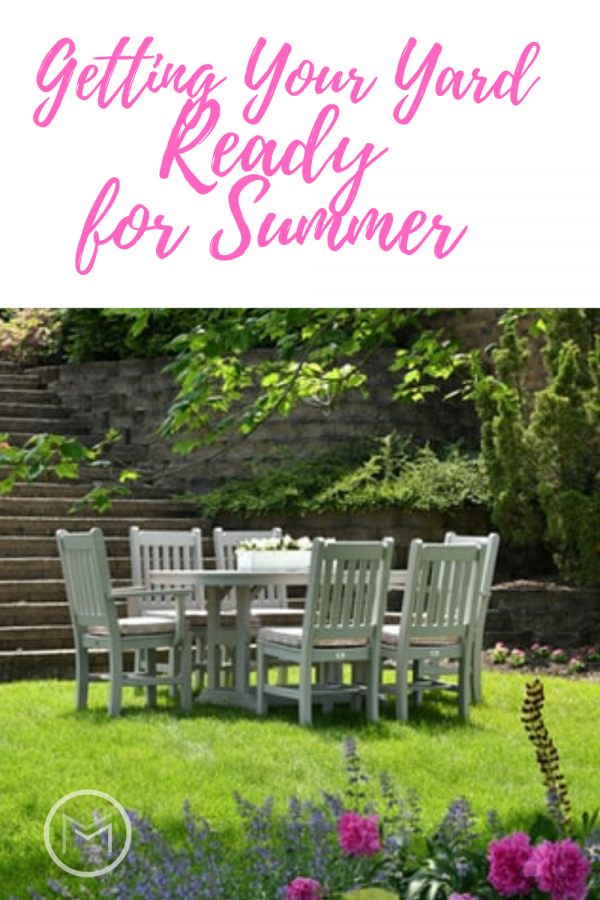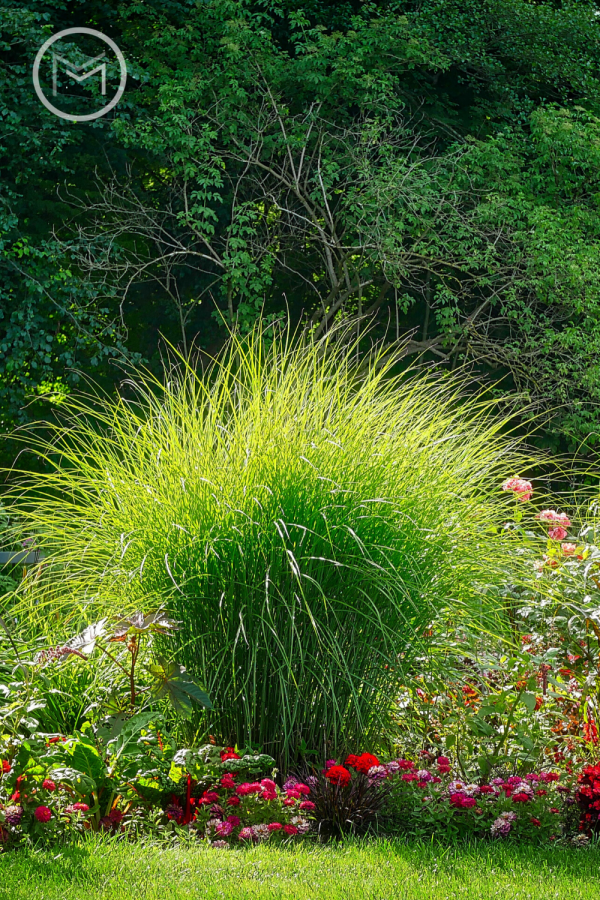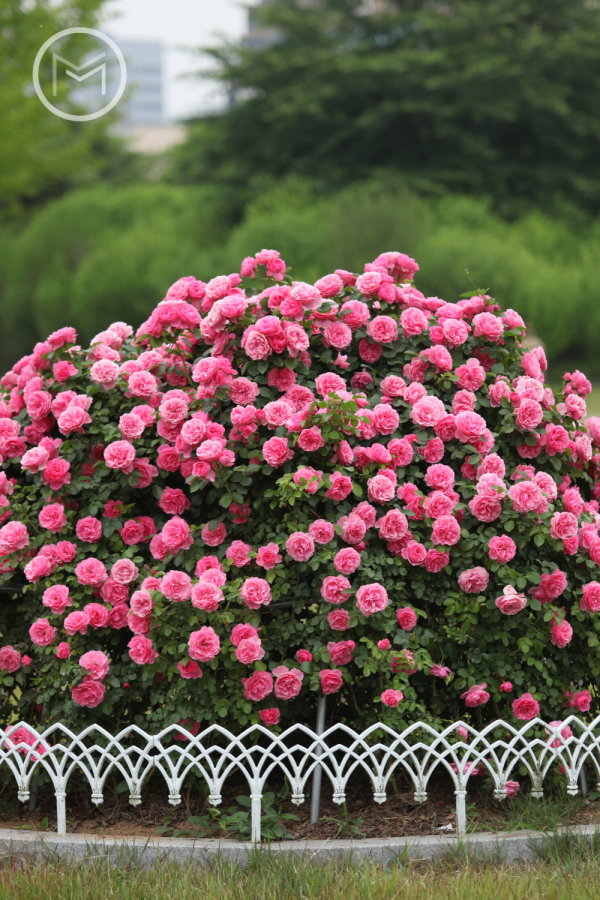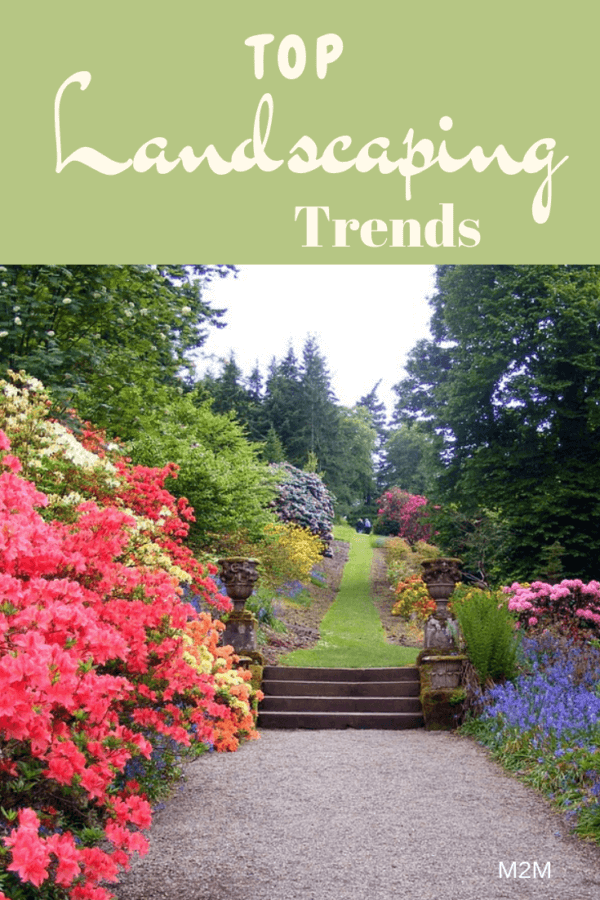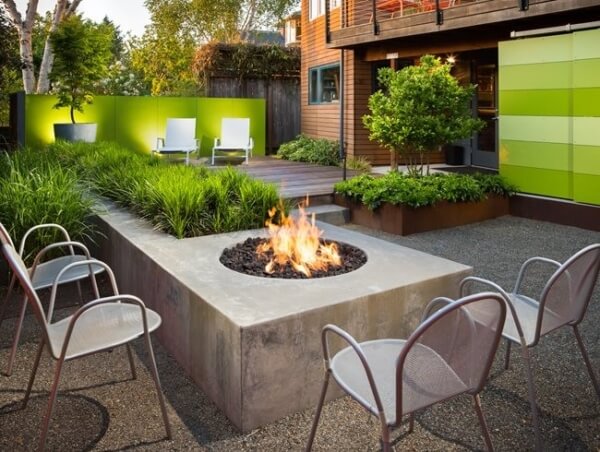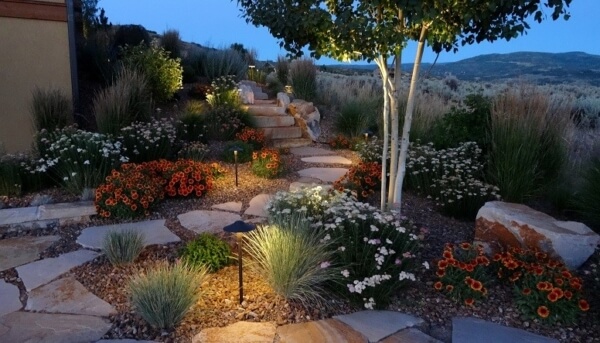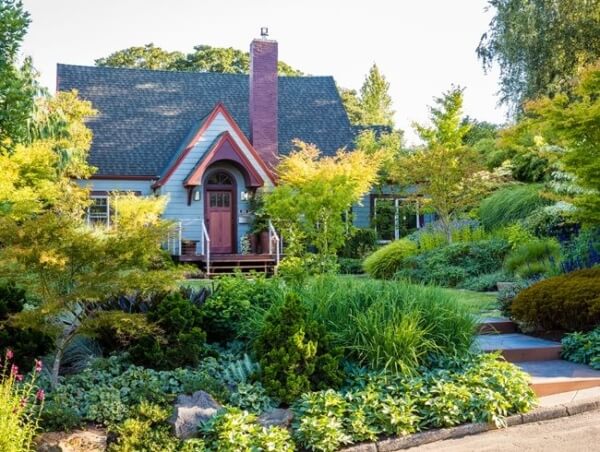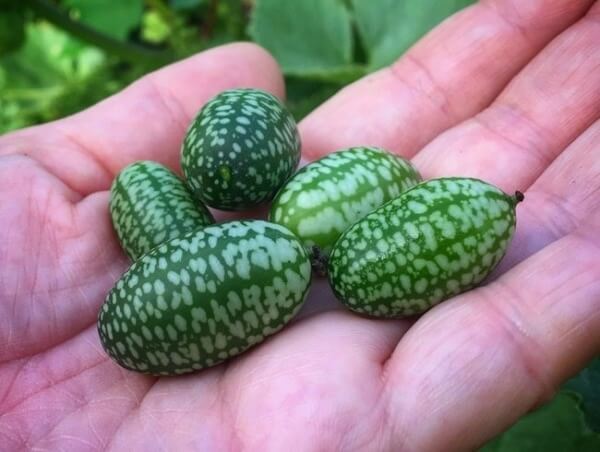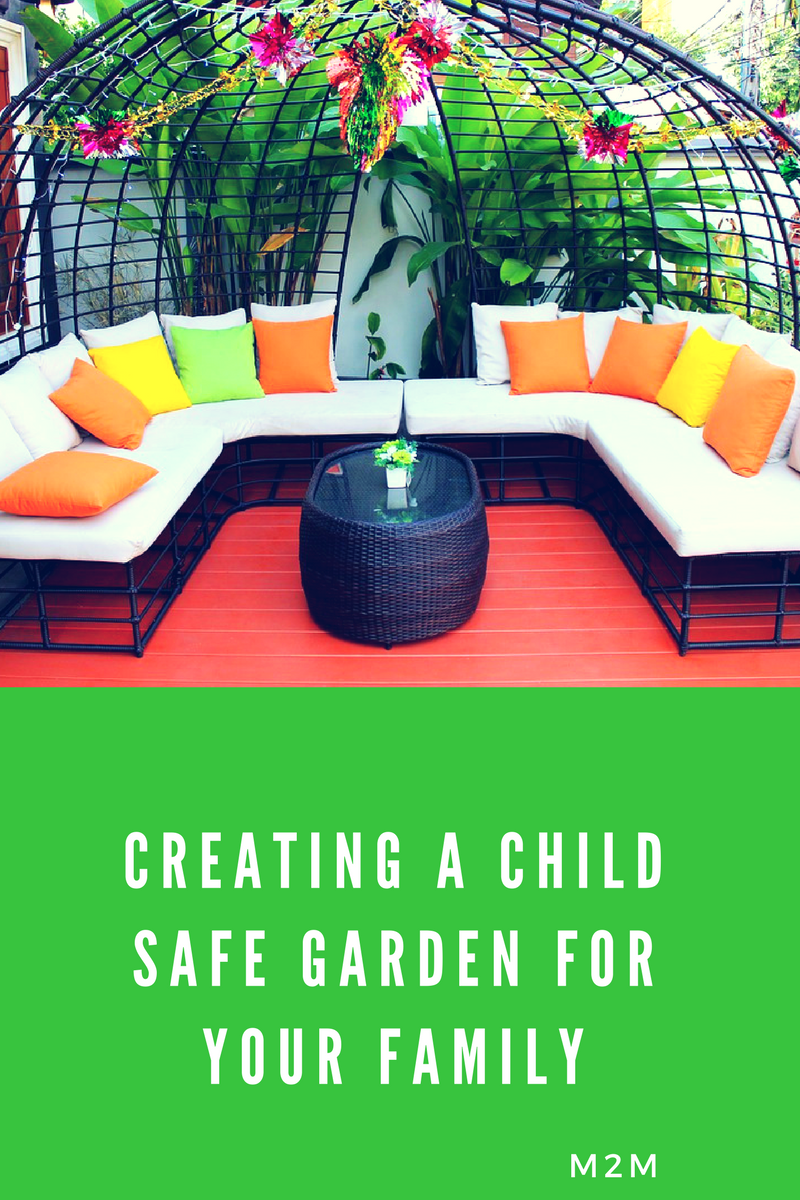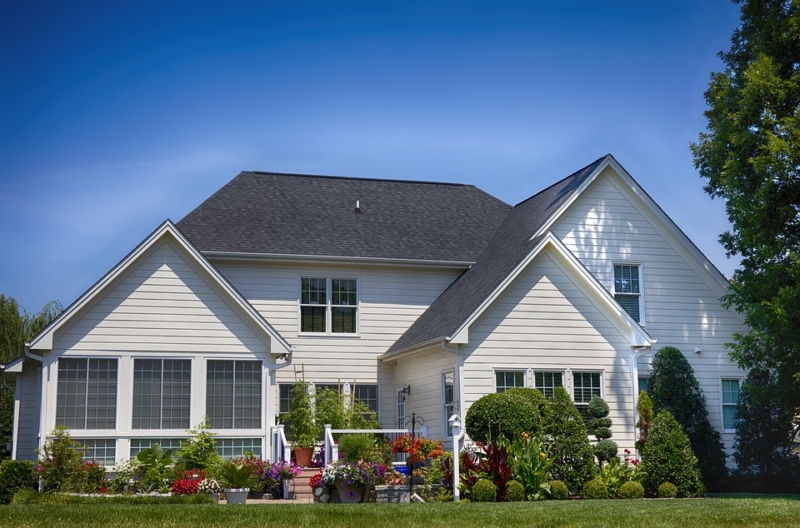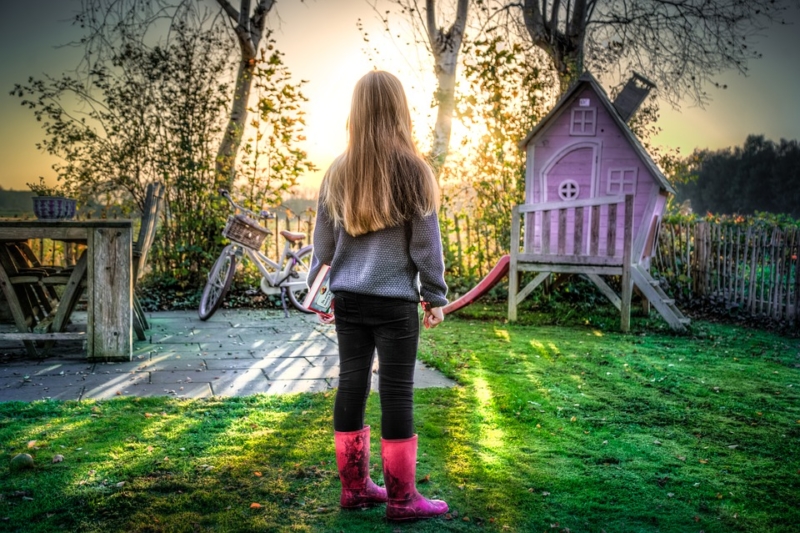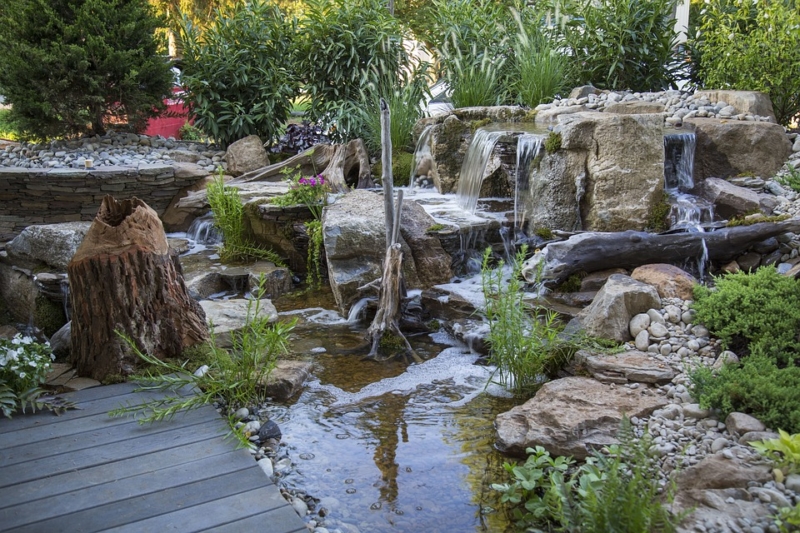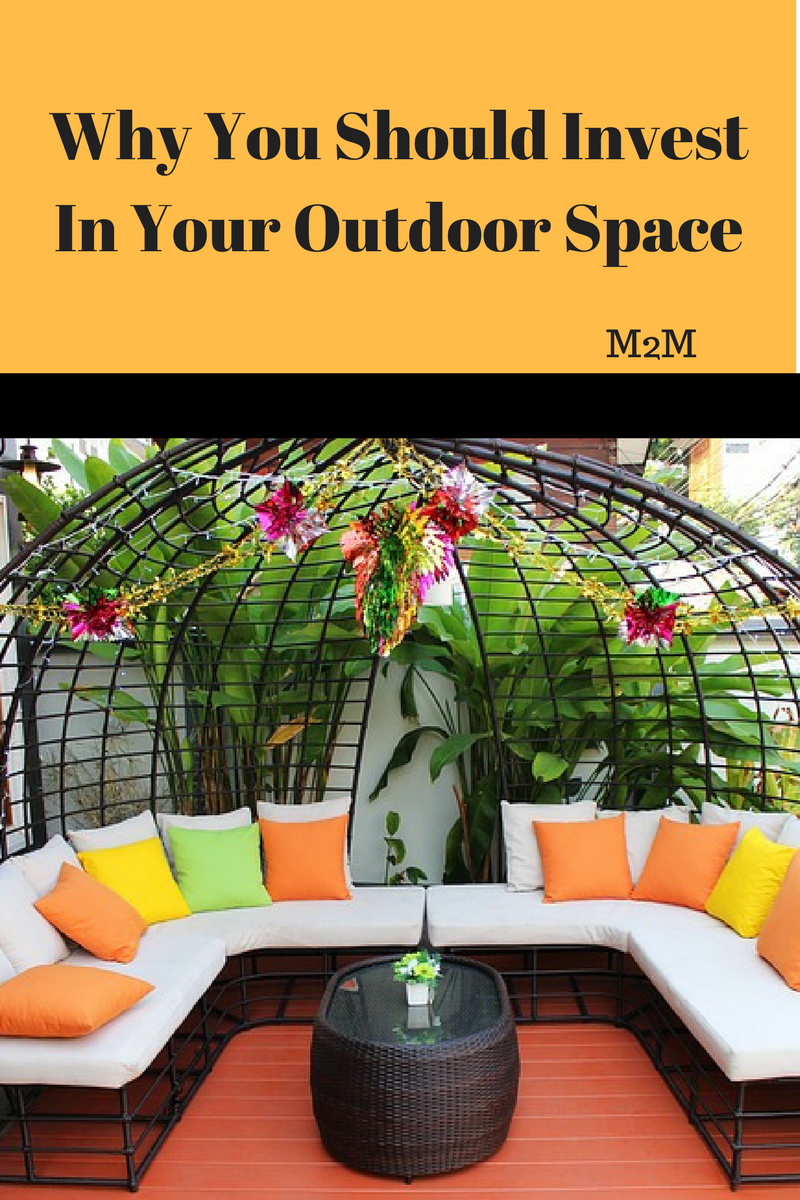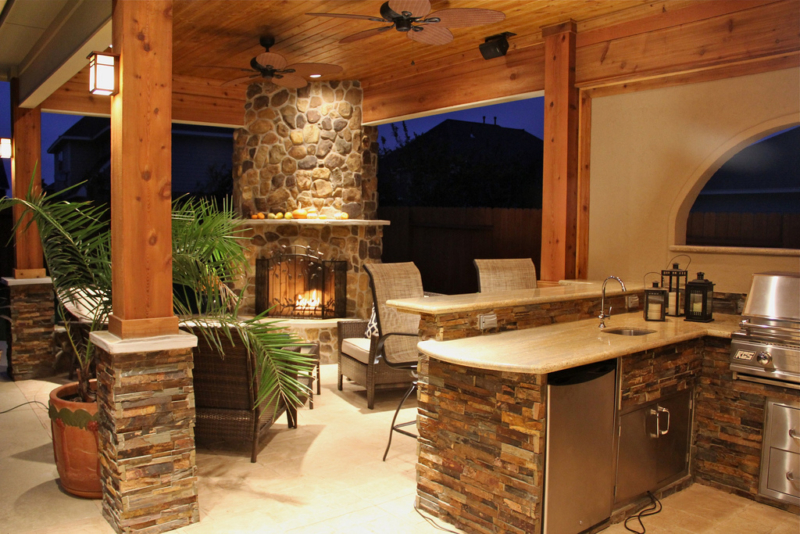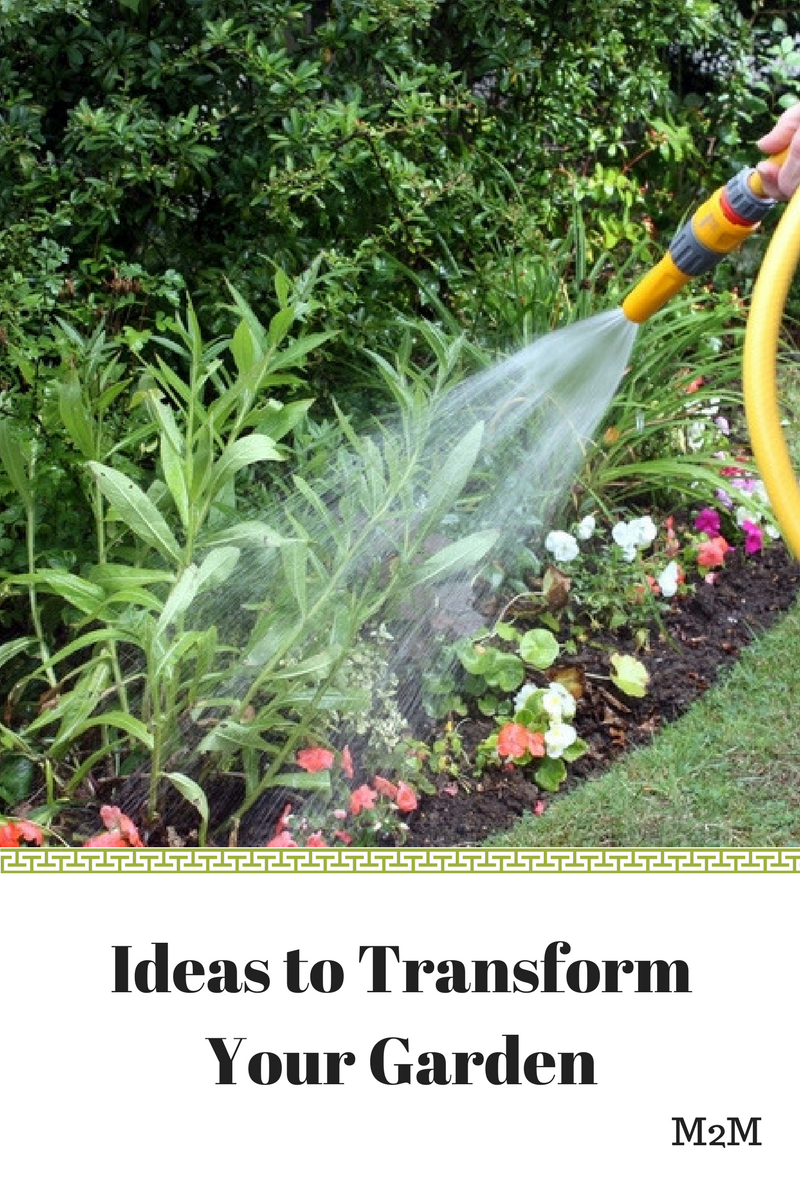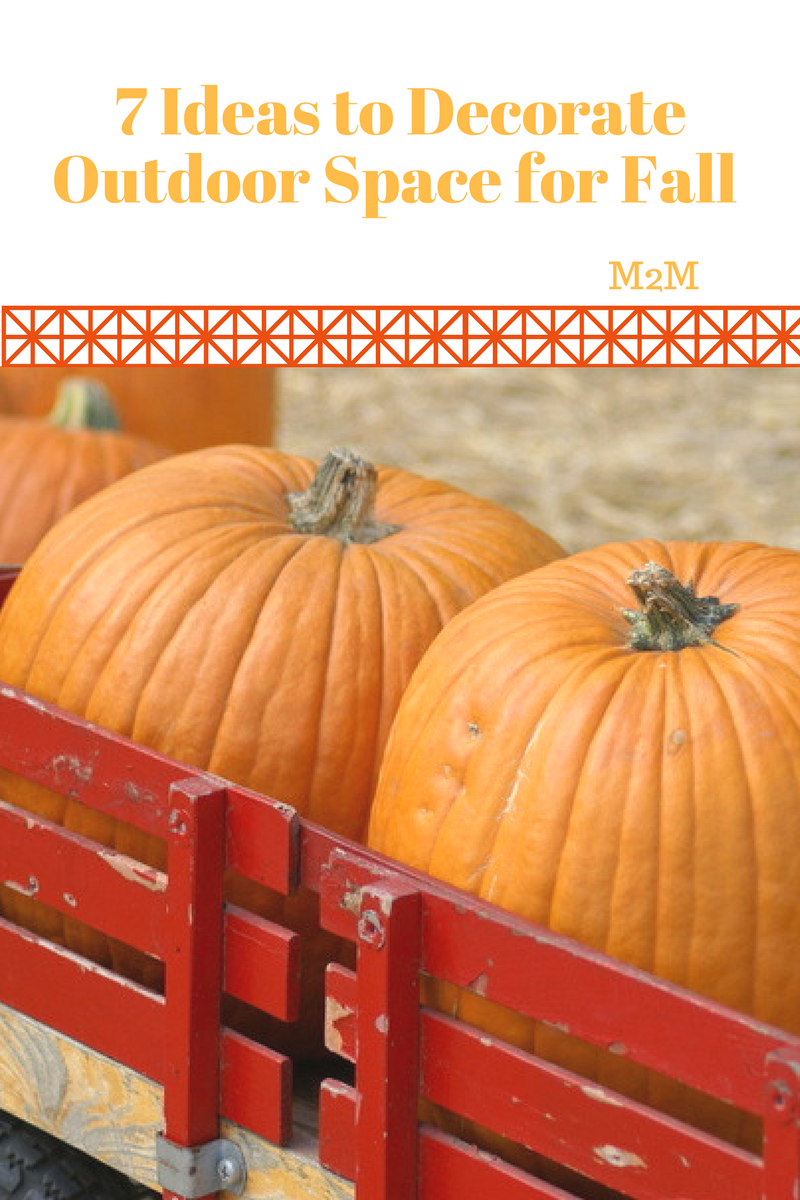Today, I’m sharing gardening advice on simple garden wow factor tips. Our gardens have become more important than ever as we battle the Covid-19 crisis. A worldwide pandemic wasn’t anything that anyone expected. Just a few short months ago, you were probably planning your summer vacation. Or, looking forward to getting a new car or upgrading your kitchen. However, these plans have now had to be placed on hold as the world enters uncertain economic times.
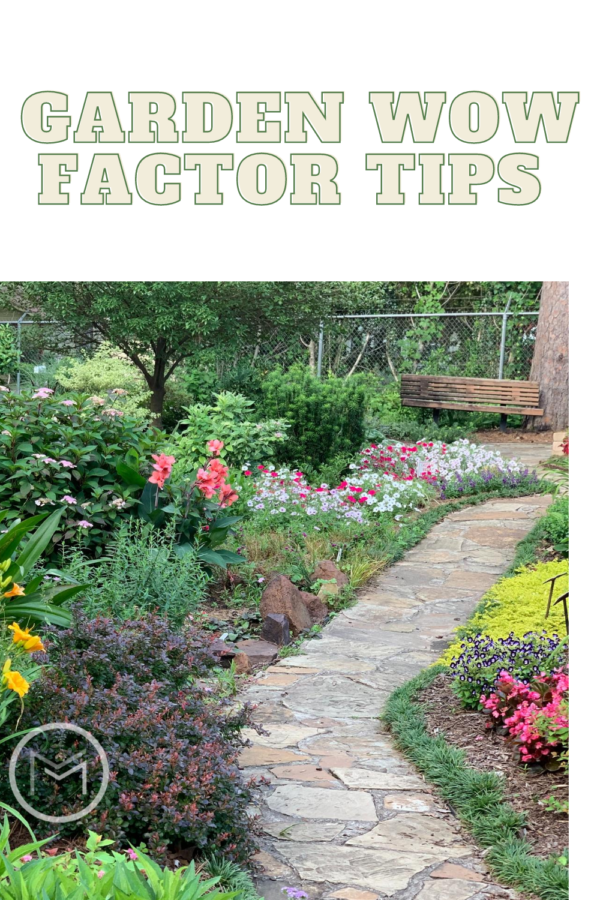
With lockdowns being enforced, our gardens have become the only outdoor spaces that we have had to enjoy. They have allowed us to reconnect with nature. Furthermore, they soothe us and allow us to relinquish our anxieties. Our gardens have had a positive impact on our mental health during these unprecedented times. Being one with nature lowers our blood pressure and can help our bodies release our happy hormone, dopamine. Mix this a little Vitamin D and we can feel healthier, more alert, and less stressed.
Every garden needs to be maintained, even during a pandemic. So, why not head out to the garden, get some Vitamin D and get your happy hormones dancing. Unfortunately, purse strings have tighten as a result of the pandemic. But, you can still achieve and maintain a beautiful garden.
Garden Wow Factor Tips:
Water Feature
If you adore water, implementing a water feature could be perfect. Many people yearn to hear the sound of trickling water. Personally, I find it soothing and relaxing. The large orb fountains are very on-trend, but can be costly. Instead, consider installing a pond into your back garden. With a pond liner, some hard graft to dig a hole, and a hose to fill up your pond space with water, you can create a habitat for wildlife. Place some water lilies into your pond and some algae to help oxygenate. And, you can create a healthy home for toads, frogs, and insects. You could install some underwater solar lights to help give your water feature the wow factor in the evening. Install a central fountain that you can pick up cheaply from a DIY store and enjoy listening to the sound of soothing water in your garden.
Borders
If you have borders that have seen better days, it’s time to clear the jungle of weeds and take it back to the bare soil. Till the area to break up the soil and add oxygen. Mix in some organic compost to give it nutrients before planting. Think about what you want to plant in your borders. You have a blank canvas now. If you are keen on creating a colorful landscape, think about the sorts of hues you want. For purple and blues, opt for a some bluebells, some deep purple dahlias, and some classic hydrangeas. These different floral patterns and bright colors will give your borders the wow factor for sure.
If you are after a more sculptural display of fauna, think about some exotic palms. These are ideal if you have a south facing back garden and enjoy plenty of sun throughout the day. They relish the heat and light that full sun brings. Also, there’s nothing better than laying some shingle or gravel and putting in the windswept bonsais, cacti, and the hardy winter leafy plants. These need very little maintenance and can survive through droughts.
Furthermore, think about your watering regime. Many people create watering channels for their garden, with one of the many water tank pumps available to power their irrigation. You are much better watering your garden every two or three days and giving them a good drink of water rather than a little drink every twenty four hours.
Vegetables
Another one of my garden wow factor tips is to grew fresh vegetables. Set aside a specific section of your garden for vegetables and crops. This way your flowers and other plants won’t have to compete for the same nutrients. Raised vegetable beds are ideal and very cheap to create. Use any wood that you have lying around to create a frame of any shape. The only requirement is that you can fill this frame with about eight inches of compost. This way, any seeds you sow will have enough space to put down some strong roots.
Make sure your your vegetable bed is level on your soil or patio. Fill your raised bed with good soil and compost. Sow your seeds according to the instructions on your seed packets. Keep it simple to begin with. Especially, if you’ve never grown vegetables before. Potatoes are super easy to grow and the results are almost instant. The same goes for carrots and pak choi. This is also a great way to get the kids involved and away from their computer screens and tablets. As your simple vegetable plots begin to produce, you can begin to experiment with more exotic fruits and vegetables.
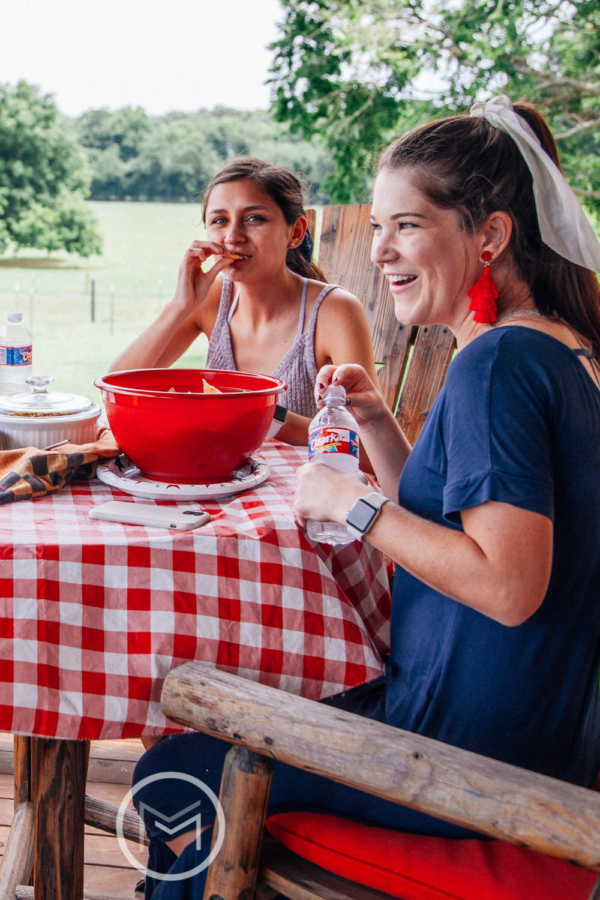
Dining
If you really want to give your garden the wow factor, consider making your patio the ideal space for dining. With the sunlight hours reaching their peak, there is nothing nicer than eating a family meal outdoors. Your kids will love spending some quality time together as a family and enjoying some good food outside. Clear your patio of weeds and consider installing an awning that attaches to your house. It can provide shelter from the sun or rain. No matter how fierce the elements are, you can remain cool and dry.
If the nights are getting a little chilly, think about installing a fire pit or chimnea. These are a lot of fun as well as heat-producing models on the market. Rather than shivering the evening away under a blanket, you can keep warm next to a patio heater. Fire pits are also great to toast marshmallows and have a very rustic style barbecue.
Your garden has become an added living space to your home, so it is time that you start treating it with some respect. Implement a few of these garden wow factor tips. You can be enjoying a beautiful garden space without breaking the bank too.
